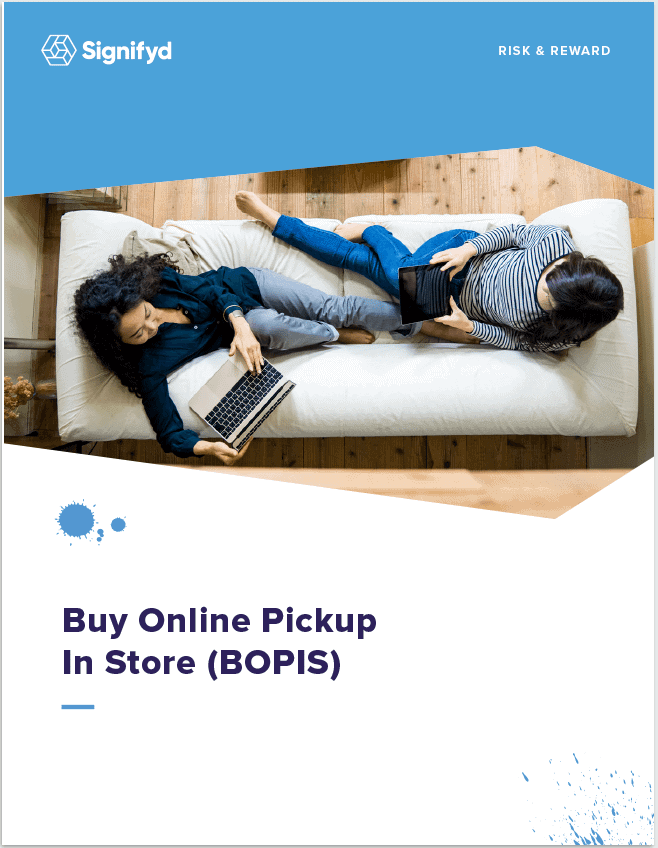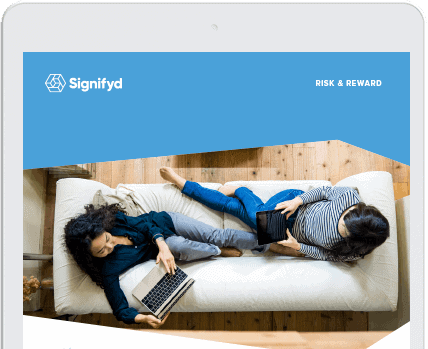If you’re looking for ecommerce success, (BOPIS) buy online pickup in store is the next acronym you need to learn. So, what is BOPIS in retail? Literally, the meaning of BOPIS is “Buy Online Pickup In-Store.” Figuratively, the BOPIS meaning in ecommerce applies to a lot to your customer experience models.
Multiple-touchpoint retail is a major blind spot for ecommerce retailers. An expanded options menu for the customer became a deeply fragmented problem for retailers. Breakdowns happen when retailers think of each channel as a separate shopping experience. Ecommerce customers may pay with different methods or choose a different shipping method, but it all comes down to the same necessary get-it-right experiences: product selection, smooth payment processes, clean checkout and more.
Consistent omnichannel commerce customer experiences are a critical success factor for ecommerce. Your customers will tell you what they want — it’s up to you to listen. The solution for eliminating your worst customer friction points could come from basic BOPIS retail principles. Take a look into the main reasons why today’s customers choose BOPIS in retail and start applying these lessons to your business.
Ship to store saves money on shipping — for you and the customer
Customers love the ship-to-store option. According to retail research and consulting firm GlobalData Retail, store pickups accounted for nearly a third of U.S. online sales in November and December of 2018. That compares with about 22% a year earlier and just over 17% during the 2016 holiday season.

Download “BOPIS: Risk & Reward”
Most of the big retailers offer some kind of ship-to-store option, usually through a BOPIS ecommerce experience. The retailers that offer free shipping on ship-to-store orders are doing it right. A free shipping offer for an in-store pickup can turn more customer heads your way — even with a price reduction from $5.99 to zero. Ship to store also expedites last-mile fulfillment, which saves money for your business.
Pickup options eliminate risk of package theft or delivery hiccups — and reduce your INR chargebacks
When you see a mail truck on your street, it’s likely loaded to the roof with packages from Amazon and other ecommerce retailers. People love to buy stuff online. They hate it when their packages never arrive, due to theft or delivery issues. Theft is beyond your control as an ecommerce retailer, and logistics may not be part of your expertise. Regardless of how a package gets waylaid on its journey to the buyer, you can take back the power for yourself and your customers by offering pickup services in a secure location.
Huge retailers have this idea on lock, like Amazon’s dedicated storefronts that offer pickup services and Target’s options to pick up orders within a few hours. If you’re a smaller retailer who hasn’t established in-store pickup, you can still provide a physical location for customers to pick up orders for free: the U.S. Postal Service, FedEx, and UPS. Help your customers find a local post office, FedEx store or UPS pickup point where they can assign their shipments for holding until they’re ready to pick them up. You can include these links with automated tracking information emails, and include them on your website to remind your customers that they have options to keep their precious purchases safe.
It’s also an excellent option to reduce the number of (INR) chargeback item not received. Your business and the customer are the key actors in an item handoff process based on BOPIS. This can help eliminate problems that cause INR chargebacks.
Multiple fulfillment options keep customers engaged
A Baymard Institute study from 2018 stated that 16% of ecommerce shoppers abandoned their carts at checkout due to slow shipping times. It’s easy to see why Amazon Prime’s free two-day shipping took off — not just because of the quick shipping promise, but also for options to send a package to a pickup location, change the delivery date and more.
Shoppers want choices. When they can find a faster or more convenient option, they’ll take it. And they’re more likely to come back and shop with a retailer that seems to understand their needs. Consider re-evaluating your shipping policies to rework anything narrow or limiting.
Curbside pickup — solutions for people on the go
We’re all busier than ever these days. The most successful retailers recognize this and have adapted to a lifestyle where everyone is on the move. Target recently introduced their Drive Up service, which allows customers to place an order online, then to drive to the store and wait in their cars while a Target employee delivers their order right to their car. Now, you don’t even have to get out to get the item you want.
Curbside pickup and delivery services demonstrate the success in adjusting the customer experience to fit the day-to-day lifestyle of most shoppers. While this model may not work for all ecommerce businesses, you can take a page from curbside pickup to develop services that support a more convenient delivery and fulfillment process.
BOPIS can lead to more sales
You already closed the sale with a customer when they placed their order online. But did you know that 85% of shoppers said they have made additional in-store purchases while visiting stores to pick up what they already had bought online?
It’s as easy as attracting the customer to your store. Once they’re there, they’ll probably keep shopping. BOPIS feeds positive customer engagement, which also boosts your sales. Deliver a seamless, customer-focused BOPIS experience and watch how quickly your customer loyalty grows.
Flexible buying and shopping fosters good CX
Think about a time when you went to the store to get a specific item you wanted or needed, and the disappointment and inconvenience you felt when that item wasn’t in stock. BOPIS allows the customer to find the item they want, buy it, and get their hands on it — all on their terms. It’s a great way to shop for items like furniture, which can be big and bulky and cost a ton in shipping, and which can be a huge disappointment when the couch the customer really wanted is out of stock. Especially if she drove 45 minutes for nothing but a letdown.
Stop relying on rain checks and rerouting customers to your other locations in hopes of finding their item in stock. Chances are they will find it in stock — at your competitor’s shop.
What Does BOPIS Mean as the new influencer
This BOPIS model will only get stronger as ecommerce grows. More than 61% of consumers have already tried the BOPIS experience. Retail Touchpoints reports that by 2021, 90% of retailers will offer BOPIS and 75% will be able to identify specific customers in-store and have the ability to customize their visits.
Ecommerce retailers without brick and mortar storefronts are less likely to feel an impact from the rapid adoption of BOPIS, but they can get valuable lessons from the model and apply their learnings to improve customer experience. Don’t get left behind in the race to reach your customers. Follow the leader of the new customer experience standard — BOPIS.
Photo by iStock
Signifyd provides an end-to-end Commerce Protection Platform that leverages its Commerce Network to maximize conversion, automate customer experience and eliminate fraud and customer abuse for retailers. Signifyd counts among its customers a number of companies on the Fortune 1000 and Internet Retailer Top 500 lists.









